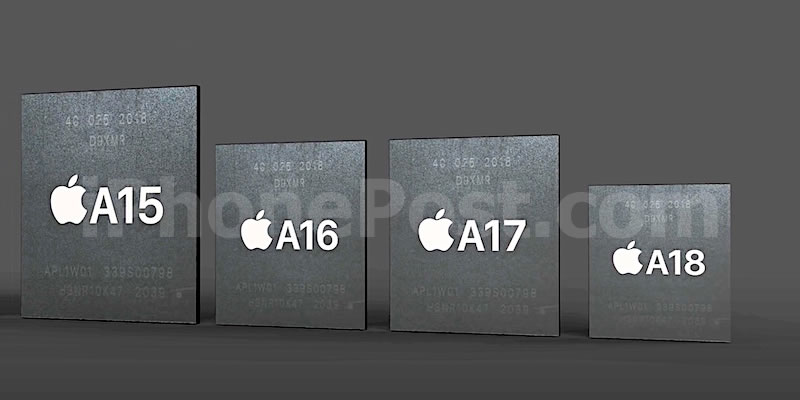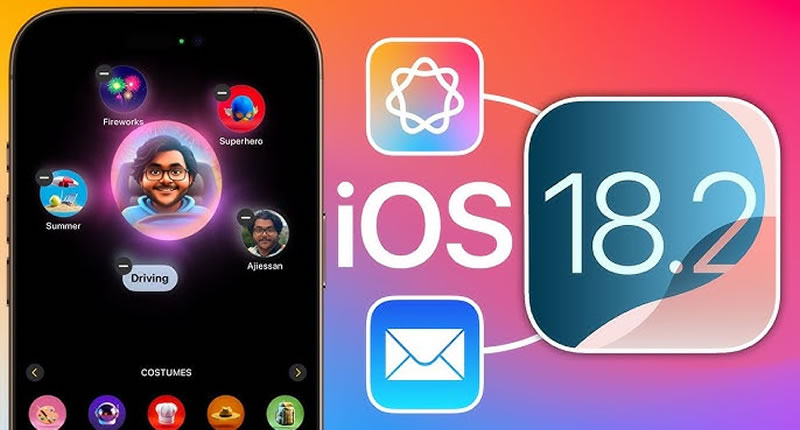In the fast-evolving landscape of mobile chip technology, Apple and TSMC (Taiwan Semiconductor Manufacturing Company) are making significant strides in advancing the 2nm process. This strategic collaboration aims to position Apple as the pioneer in implementing this cutting-edge architecture. This article delves into the latest developments, shedding light on the implications for future iPhone performance.

Apple and TSMC: Driving the 2nm Revolution
Engaging in talks with TSMC, Apple shows a strong commitment to utilizing the 2nm node. Furthermore, insights from TSMC’s presentation slides confirm Apple’s active involvement in developing chips with TS2nm technology. This signifies Apple’s proactive stance, as it designs chips to harness the potential of 2nm processes. Moreover, Apple is actively engaged in talks with TSMC to ensure the success of this collaboration. On the other hand, the commitment to leverage 2nm technology highlights Apple’s forward-looking strategy in chip development. As a result, Apple positions itself as a key player in the advancement of semiconductor technology.
The 2nm Era: Anticipated Impact on iPhones
Apple will unleash its 2nm chips in 2025, potentially equipping the iPhone 17 family with significant power upgrades. Building on the success of TSMC’s 3nm and 5nm processes, Apple’s A-series chips have seen notable performance and efficiency gains. The arrival of 2nm technology is expected to push the boundaries further, promising even more powerful features and extended battery life.
TSMC’s Development Timeline
TSMC began developing the 2nm process in 2019, aiming for mass production by late 2025. This initiative focuses on shrinking transistor size to enhance component integration on a chip. The outcome is improved capabilities and extended battery life, marking a significant breakthrough. This reduction in size holds promise for advanced technological applications. Despite these advancements, challenges may arise in the implementation and scaling of the 2nm process. Nonetheless, TSMC remains committed to pushing the boundaries of semiconductor technology for future innovations.
Qualcomm’s Pursuit of 2nm Excellence
Qualcomm is in talks with TSMC about the 2nm process. Additionally, the Snapdragon XR2 series, driving XR chips, aims for expansion. Qualcomm is considering integrating the 2nm process into the Snapdragon 8 Gen 5. This collaboration highlights the industry’s recognition of 2nm technology’s transformative potential. However, discussions with TSMC reflect Qualcomm’s strategic approach to staying at the forefront. Moreover, the Snapdragon XR2 series signifies Qualcomm’s commitment to advancing chip technology.
Beyond 2nm: Exploring Future Collaborations
The collaboration between Apple and TSMC might not be limited to the 2nm milestone. Reports indicate that TSMC has initiated research and development efforts on a more diminutive 1.4nm architecture, with projections extending until 2027. Apple, known for embracing technological innovations, could potentially be the first to adopt this groundbreaking 1.4nm architecture.
In Closing
Apple and TSMC are pushing forward with their 2nm endeavors, transforming the mobile chip landscape. The collaborative efforts and advancements in chip architecture promise unprecedented iPhone performance. Moreover, these developments hint at a future with more compact and efficient technologies. The evolution of chip technology continues to unfold, ushering in a new era of possibilities. Therefore, stay tuned for the remarkable transformation and possibilities in mobile devices. In addition to this, a future marked by advanced and efficient technologies is on the horizon.




